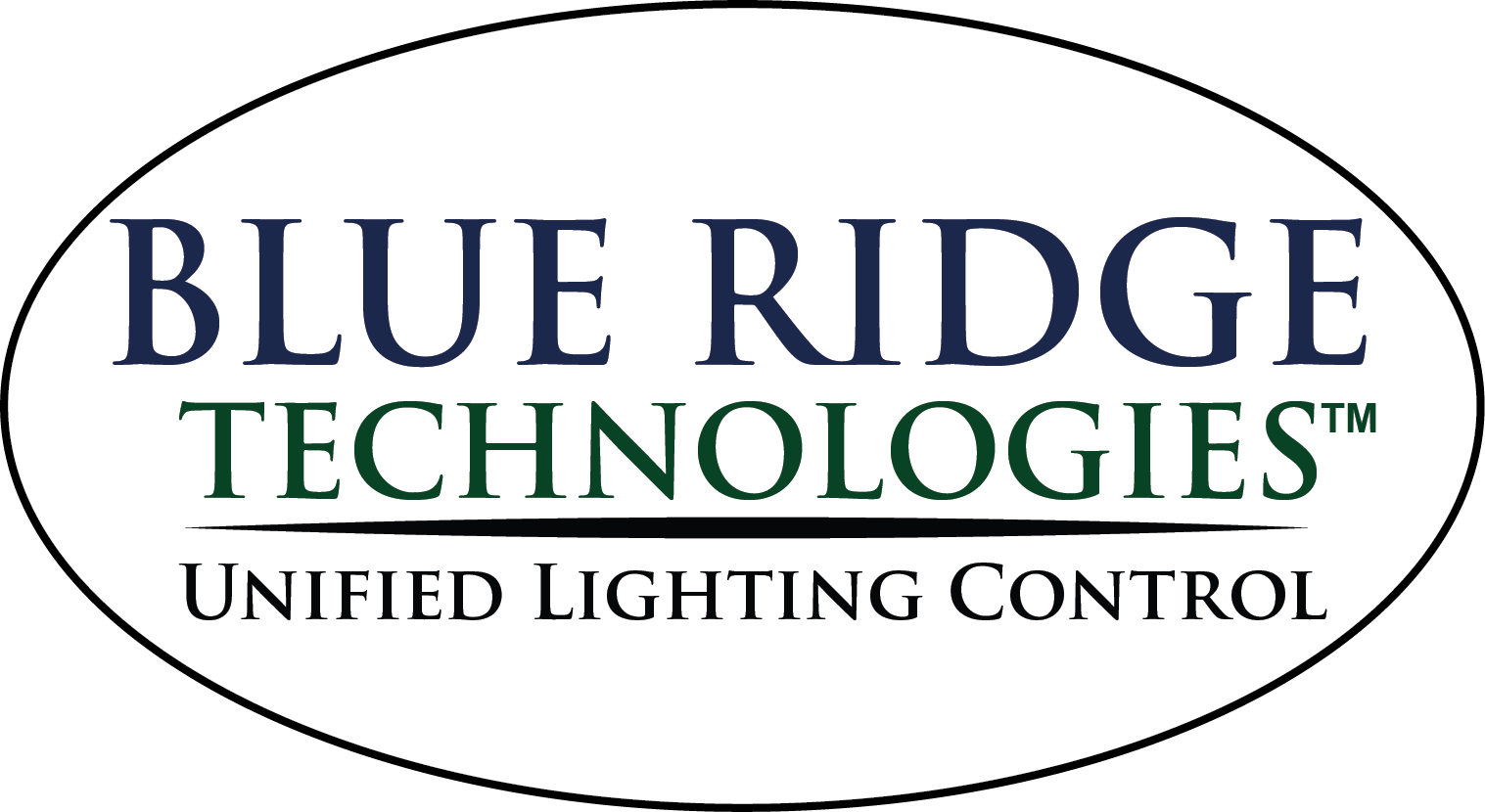Nationwide and Cardinal Health:
Unifying Lighting Control & Building Automation To Create A Facility Automation System
The building owners realized they had a massive issue and looked to Jim Burtch and the team at Convergent for ideas and solutions to reduce energy and operating costs. Both buildings have existing Blue Ridge lighting control systems (LCS). These systems are integrated/unified with the BAS via BACnet and utilize dual-technology occupancy sensors. The Nationwide system has been installed for over three years, and the Cardinal system was installed in early 2023.
The Convergent Team proposed using the existing Blue Ridge LCS system to leverage its occupancy sensors and BACnet network capabilities to determine real-time operating requirements (occupancy level) in conjunction with the building automation system (BAS) to turn off unneeded lights and to setback or turn off nonessential HVAC equipment. Implementing this strategy significantly reduced operating costs and made these facilities more energy efficient.
The Problem
The change in how people work post-pandemic and the 57-year average age of commercial buildings drive a need to retrofit buildings. Nationwide and Cardinal Health realized hybrid work was here to stay post-pandemic.
The problems most building owners face are reducing energy costs while providing a comfortable and productive environment for spaces with constant variability in use (Load). In this case, going back to basics and understanding what their current/installed systems offered individually and what is possible when approached from a facility perspective was vital to developing a go-forward strategy.
The sequence of operations is designed and implemented based on individual control system processes, i.e., lighting control (LCS) by the electrical division and temperature controls (BAS) by the mechanical division. This lack of a facility perspective and minimal interoperability regularly fails to deliver a coordinated, comprehensive facility control system that building owners think/assume they are getting.
The Solution
Nationwide and Cardinal Health recognized Jim Burtch’s experience with systems integration and deep control subsystem knowledge.
He audited the Nationwide facility and found that the Blue Ridge lighting control system included occupancy sensors monitoring a 36- square-foot perimeter in open office zones
needed for automatic on/off control. He thought he could leverage the Blue Ridge system to inform the building automation system when one of these zones is occupied.
He developed a software tool within the BAS to monitor and collect the occupancy sensor data from the LCS and determine the total time the zones are occupied/used. Utilizing what was already available in the LCS and leveraging the existing integration to the BAS, He created a facility-based approach to the excess capacity issue based on real-time data (Space Usage by Zone/Area).
Using the space usage data, he also reduced operating costs through a usage-driven maintenance program, allowing the facility managers to be more strategic with their spending on general maintenance. Specifically, they can increase maintenance frequency in high-traffic areas and reduce the frequency in low-traffic areas, resulting in a cleaner building (productivity) at a lower cost. He then utilized the usage data to drive cleaning crew deployment.
He also developed a facility-based sequence that utilizes the LCS occupancy sensing (motion) and security/access system via the BAS to authenticate approved space use in unoccupied modes. This sequence reduces false alarms and unnecessary patrols in a building. This allows for a more automated approach to physical security, increasing safety and productivity.
The Outcome
Utilizing a facility management system approach with data-driven action allows the facility managers to spend less money. They can strategically target by zone/area when and where cleaning is required rather than scheduling an entire floor for cleaning.
Understanding space usage on a more granular level also enables the building owners to make better decisions on future renovations regarding actual space requirements and better accommodate the occupants who utilize the space. This information also informs the best choice for furniture purchase decisions, such as future floor plan designs and placing collaboration spaces in the best location inside their buildings.
The offices at both Nationwide and Cardinal Health that were once walled cubicle farms are now becoming a space where people want to be because it is inviting (space layout and furniture selection), well maintained (housekeeping based on use rather than schedule), and safer (understanding from a security/access actual location of people) increasing both the value of the space and efficiency.
Takeaways
In facilities where a BACnet-based LCS and BAS are already networked, all a facility needs to implement these strategies is to use the occupancy sensor data and simple facility control sequences driven by space occupancy and usage.
The facility automation system measuring and acting on actual needs in real-time lowers operating costs and increases value and service to tenants (customers). The ability to use sensor data from the LCS explicitly installed to meet code and share it with the BAS through a shared BACnet network, where the data is repurposed for both temperature control and facility operations, can genuinely improve the experience of all interested parties with just a modest investment in time and money.



